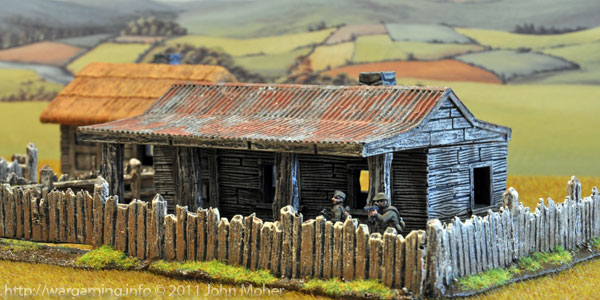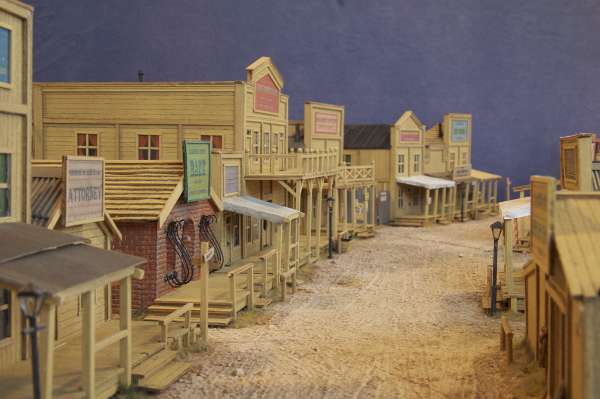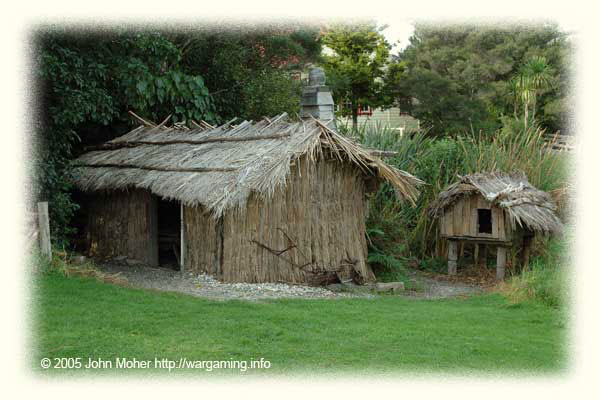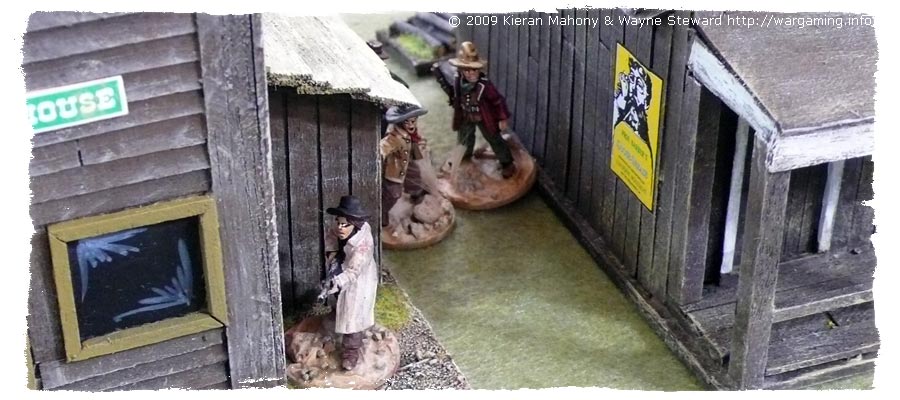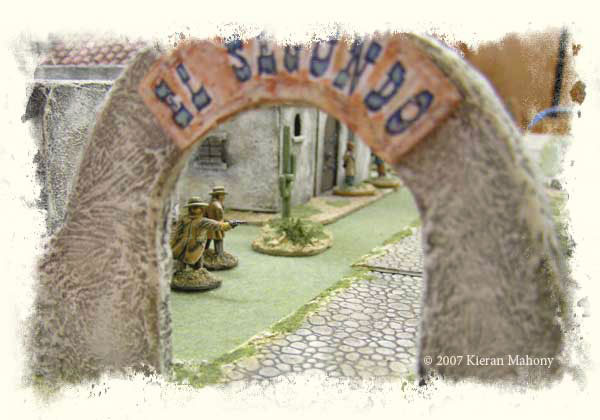Following on from my order from Lancer Miniatures I previously posted about, as mentioned I had ordered buildings from several other manufacturers as well, and my order from Area 9 arrived a couple of days after the Lancer one. Area 9 is a comparatively new manufacturer that’s started up in 2010 – in fact I only stumbled over them a couple of months ago thanks to a post on the Crisis In Alcovia blog earlier this year! They have some very nice looking stuff, and in the 20mm range I couldn’t resist ordering one each of their three buildings, and an assortment of wooden paling fences…
Continue reading “More 20mm Eastern Front Buildings”Tag: Buildings
Some 20mm Eastern Front Buildings Arrive…
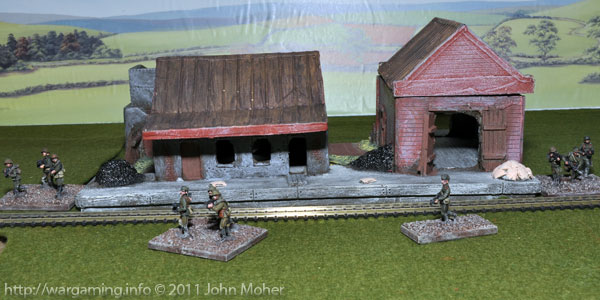
Right now my 20mm WW2 & Modern era buildings are rather bare on the ground – I have a couple of very nice larger 15mm TimeCast buildings (a Belgian Townhouse and a Petrol Station), and a 20mm bombed out German HQ Building from ESLO. Otherwise I have some plastic kits awaiting completion (Airfix Jungle Outpost & the 2 Italeri Farmhouse & Manor kits) and a 20mm resin Jungle Building from Frontline. So my existing Western Europe and new Eastern Europe theatre troops desperately need buildings for their games – not to mention long-term Mediterranean/North African and more Pacific/Burma stuff! Consequently I have been purchasing several new Western & Eastern European buildings from about 5 different manufacturers (i.e. Lancer, Area 9, Hovels, TST, Sentry) – and where possible have chosen to purchase them pre-painted to save time, and get some terrain (especially Eastern Front) usable as promptly as possible. The first of these to arrive are from Lancer Miniatures in the UK, which arrived promptly in NZ just 1 week after ordering.
Continue reading “Some 20mm Eastern Front Buildings Arrive…”
Custom Moulding: Replicate Your Scratchbuilds!
A friend just pointed out the following Model Distributor who offers a nice service casting custom models for people who supply an original master. They say “Send us your scratchbuilt master model and we will make an RTV (Room Temperature Vulcanizing) rubber mold of your model. We can then make approximately 75-100 copies of the master before the mold begins to deteriorate.” With a cost of as little as US$8 for each subsequent resin casting of the mould this could well be a fine option for those people wanting to churn out several dozen copies of an original figure or model – although the initial mould creation does cost around US$175. Check it out at the Fidelis Models Website…
A Bit Of WW2 Wargaming & Some Nostalgia
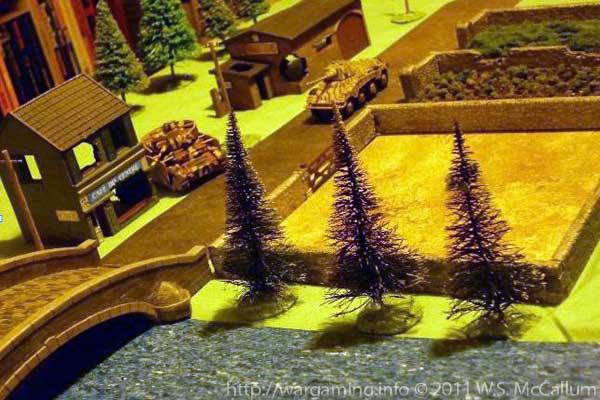
A friend of mine recently sent me some pics of some of his WW2 Wargaming terrain – we used to wargame together in the 1980’s and early 1990’s and his stuff has been mainly in storage for the last 15 years – but he’s been cracking it out recently as well as starting to work on some new pieces.
Is That A Real-Life Photo Or A Model?
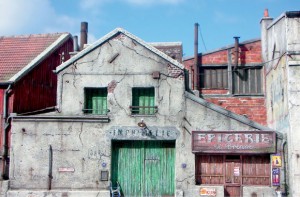
Got pointed to the Country Gate (the Lynton and Barnstaple Railway in 009 scale) site today – or rather specifically the Making Buildings From Foamboard page featuring some absolutely fantastic model buildings and a great tutorial by Emmanuel Nouaillier; it’s all part of the site’s general tutorial on Realistic Model Buildings. There’s some great stuff here and well worth a look!
(County Gate is a narrow gauge model in 009 of a fictitious extension of the 2 foot narrow gauge Lynton and Barnstable Railway through the East Lyn Valley to Minehead in the UK).
Joe Town – A Wild West Inspiration!
“That theer’s a town ‘in a half yer varmmits!” And there is nothing more I need to say – just check it out yourself at Roly’s Dressing The Lines blog. Continue reading “Joe Town – A Wild West Inspiration!”
A Warlord Games Windmill
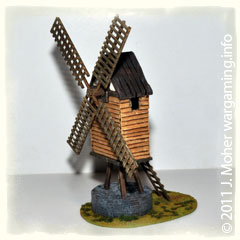
When I recently ordered a reasonable order of Warlord Games ECW figures (See Return to the English Civil War) to maximise on the postage I couldn’t resist grabbing a unique little ready-made model of theirs – the very limited edition Warlord Games Windmill. It’s a great model because it’s a typical small basic type probably seen all though much of North-Western (& parts of Eastern?) Europe, rather than a more substantial structure. This is great because it makes it probably usable from the Middle Ages right through to the 1960’s or so. What’s more, although it’s nominally for 28mm figures it looks like it’ll likely sneak in with my 20mm World War II and Modern stuff, albeit slightly on the large side!
The model is a Pillar Windmill – (from eHow) “The pillar is the most ancient type of windmill, dating back to the 13th century…
Close Combat in Buildings & Hard Points
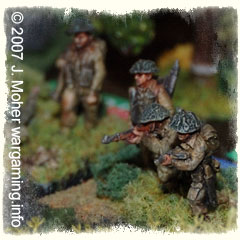
Close Combat in Buildings and Building Structures can sometimes be a little perplexing for players new to Crossfire. This page attempts to outline the process in clear logical steps to help walk the new player though the mechanics. While it may appear complex at first it is in fact relatively simple and will become second nature after a few combats.
General Concepts
In Crossfire, an individual building is generally intended to represent a single small to medium size dwelling or similar. It might also occasionally represent a small complex of 2-3 small buildings (like a small Eastern-European farmhouse with attached barn). As a rough guide, the playing area occupied is roughly about the same as what 4-6 squads would occupy.
Occasionally there will be exceptionally large buildings (such as the tractor factory in Stalingrad, or a row of adjoining terraced houses) – these are known as building complexes, and are treated as multiple ‘buildings’ with some special considerations (see page 6, Section 4.4.1a of the rulebook).
I take a foray into Vac-U-Form Plastics
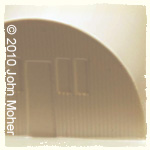
Some recent discussions on the Crossfire Yahoo Group brought up the old Bellona range of vac-u-form moulded plastic terrain. Many of you will remember these old classics from the days of Charles Grant, Donald Featherstone, and Terrence Wise, the terrain featuring extensively in their books, and later books by other authors such as “Operation Warboard”. For those like me, in countries like New Zealand, this was something you marvelled at in photos and wished you could get hold of… Bellona has long since gone out for production decades ago, although there was some suggestion the moulds had been purchased by someone in recent years to resume production – but to the best of my knowledge this is not the case. However the discussion led to Amera Plastic Mouldings, a company very much in the tradition of Bellona, and producing many very similar terrain pieces to the original Bellona range.
Maori Wars: Colonial New Zealand Buildings
New Zealand’s main Colonial Growth occurred in a period before and simultaneous to the American Civil War, as a result many major buildings from the 1840-1880 period closely resemble the same style of construction as was common in North America at the time of the American Civil War and before. By the 1870’s there appears to be a reasonably widespread introduction of corrugated iron (and of course in the main towns construction of large multi-story stone and similar buildings) – but this is essentially after the period we are interested in. Continue reading “Maori Wars: Colonial New Zealand Buildings”
Roundie Town
The following is a brief photo gallery of the Auckland Wargaming Club’s Wild West Town, entirely scratch built by member Wayne “Roundie” Steward and photographed by member Kieran Mahony. It is the scene of many a gun fight by the clubs various “Posses” using Games Workshop’s “Legends of the Old West” rules. Continue reading “Roundie Town”
El Segundo
The town of El Segundo, from the collection of, and entirely scratch built by Kieran Mahony – one of the Auckland Wargaming Club’s more prolific model & terrain makers! Kieran says the name was inspired by the hip-hop song “I left my wallet in El Segundo…” Continue reading “El Segundo”
